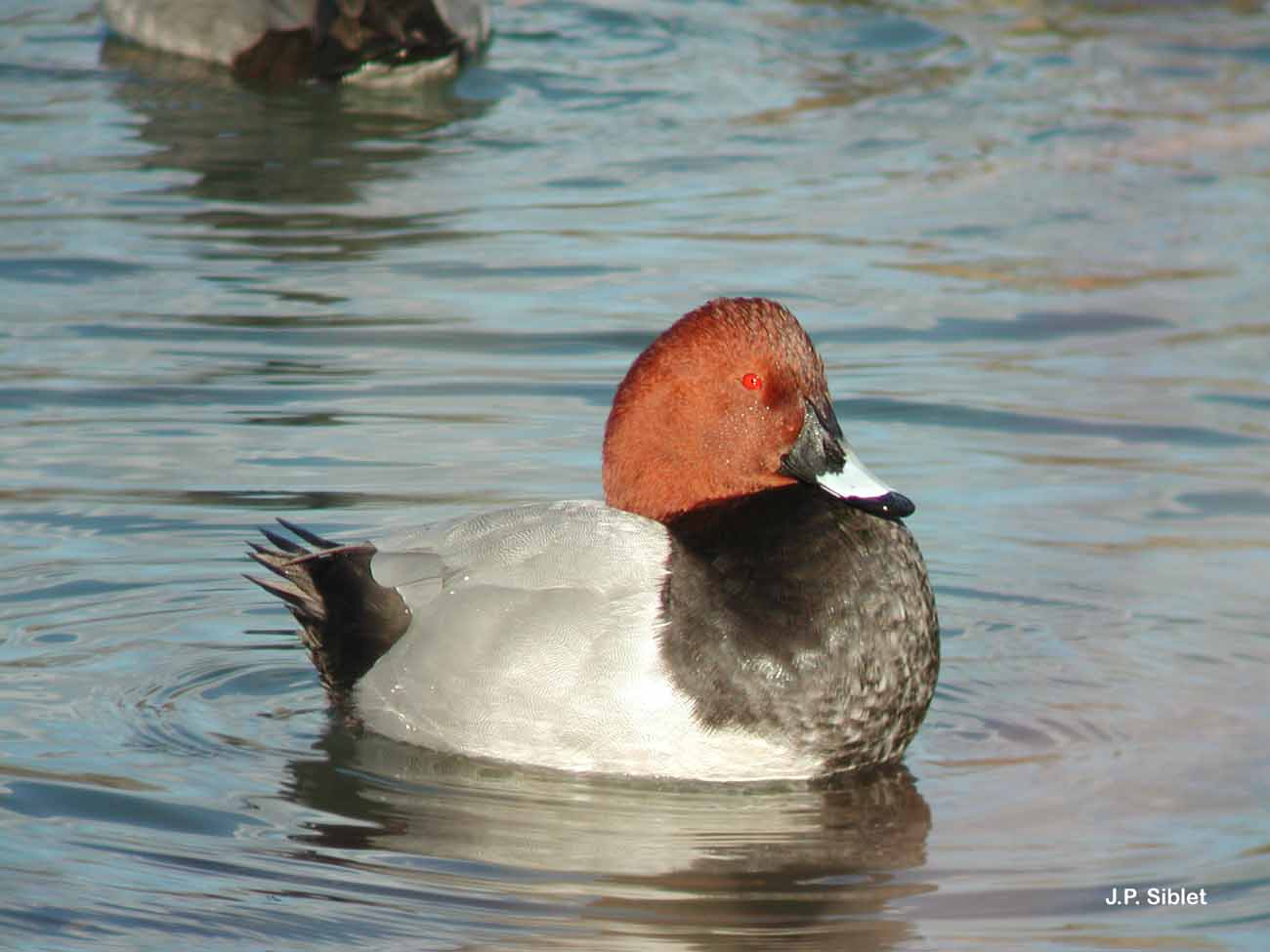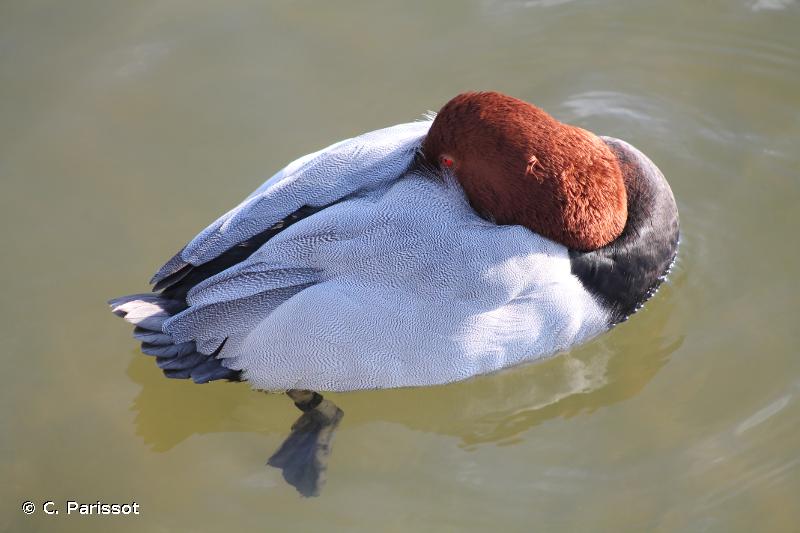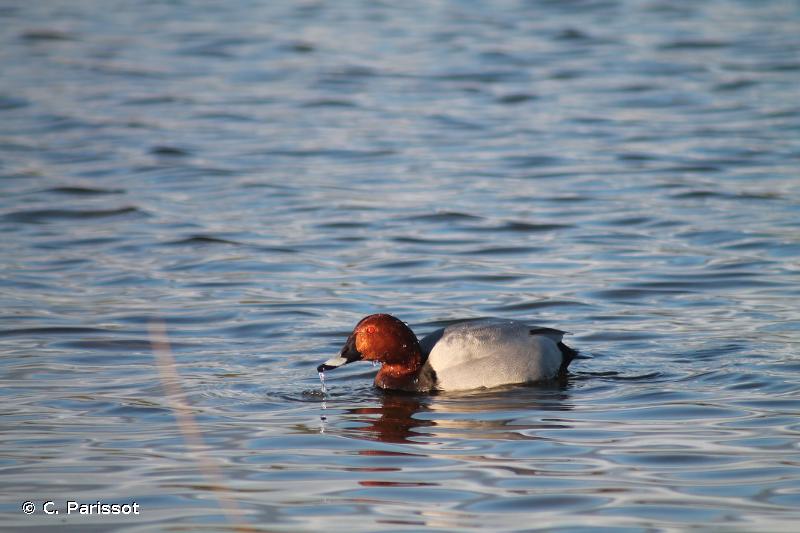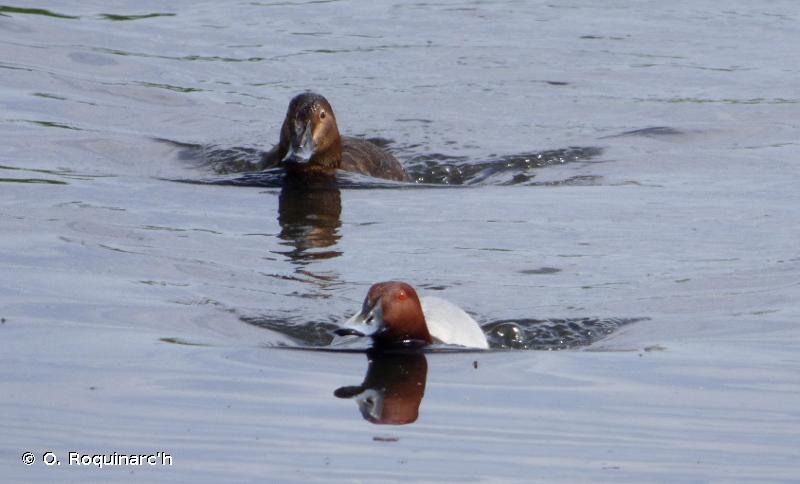
cd_nom

| Author : S. Wroza |
 |
Despite the Creative Commons license, please inform the author of the use which will be made of his photo

| Author : J.P. Siblet |
 |
To get the picture, please visit:
Jean-Philippe SIBLET
Muséum national d'Histoire naturelle - Service du Patrimoine Naturel
36 rue Geoffroy Saint-Hilaire
CP 41
75 231 PARIS CEDEX 05
e-mail : inpn@mnhn.fr
Legend: Mâle
Despite the Creative Commons license, please inform the author of the use which will be made of his photo

| Author : C. Parissot |
 |
To get the picture, please visit:
Clément Parissot
Email: clementparissot@hotmail.fr
Any reuse of one or more photographs on this site is subject to an authorization request from the author.
Link to the Code of Intellectual Property (Legifrance)

| Author : C. Parissot |
 |
To get the picture, please visit:
Clément Parissot
clementparissot@hotmail.fr
Any reuse of one or more photographs on this site is subject to an authorization request from the author.
Link to the Code of Intellectual Property (Legifrance)

| Author : O. Roquinarc'h |
 |
To get the picture, please visit:
Océane ROQUINARC'H,
Muséum national d'Histoire naturelle,
Service du Patrimoine Naturel,
4 Avenue du Petit Château,
91800 BRUNOY
mail : oroquinarch@mnhn.fr
Legend: Mâle (en bas) et femelle (en haut). Le Bourget-du-Lac (73).
Despite the Creative Commons license, please inform the author of the use which will be made of his photo
Longueur 42-49 cm, envergure 72-82 cm, poids 650-1 200 g.
Il habite les plans d’eau douce riches en nourriture animale et en plantes submergées. Ses plongées basses lui font préférer des eaux libres de végétation flottante sur plusieurs hectares. Le Fuligule milouin se nourrit surtout de graines et autres parties végétales, ainsi que de petits animaux aquatiques.
Il est fortement grégaire durant toute l’année, se rassemblant notamment en troupes de plusieurs milliers d’individus lors de la mue postnuptiale et de l’hivernage. Bien que la formation des couples puisse débuter en hiver, la plupart se fait au printemps. La majorité des couples se sépare pendant la 1ère ou la 2e semaine d’incubation. Il arrive toutefois que des mâles accompagnent les femelles et leur nichée jusque début juillet. Certains jeunes quittent le groupe familial avant l’envol, se joignant alors fréquemment à une autre femelle ou une autre nichée. En général, il semble que la femelle abandonne ses jeunes lorsque la mue des ailes est imminente.
Le nid est au sol, dans un couvert dense à proximité de l’eau (normalement à moins de 10 m). Il peut être construit aussi au-dessus de l’eau, dans des roseaux ou des joncs. Il est fait de feuilles et de roseaux, puis garni de duvet. La ponte de 8 à 10 œufs en moyenne est déposée à partir du mois de mai. L’incubation dure 24-28 jours et les jeunes sont volants à l’âge de 50-55 jours.
Spanneut, L.(Ecosphère, Service du Patrimoine Naturel.),2008
Continental
Metropolitan France
Overseas
Marine
Metropolitan France
Overseas
The map presents a summary at the 10 x 10 km grid of the observation data for the species transmitted to the SINP. These data have been subjected to validation filters.
The map presents a reference distribution layer of the species at the scale of departments and marine sectors. The presence and absence data were established by expertise within a network of partners. This reference distribution is used in the validation process of the SINP data at the INPN level.
Corresponds to a report on the basis of at least one observation proved within a period of 10 years (20 years for little-known invertebrates) preceding the year and no presumption of extinction since obtaining the last data nor doubt on reproductive and implemented nature of this population. For migratory species, the presence indicated concerns areas of reproduction.
This status is based on one or more of the following criteria:
This point covers the absence, more difficult by nature to demonstrate than presence. This status is based on one or more of the following criteria:
This status must be assigned to a department in which the presence of the species is casual.
Particular case of absence due to a proven extinction less than a half century ago (older disappearances are treated as "no probable or definite").
In the state of knowledge, we can not comment on the presence or absence in the current department. This is the default status when not comprised in one of the previous categories or whenever there is doubt.
The map shows the global distribution of the species based on GBIF data (Global Biodiversity Information Facility).
